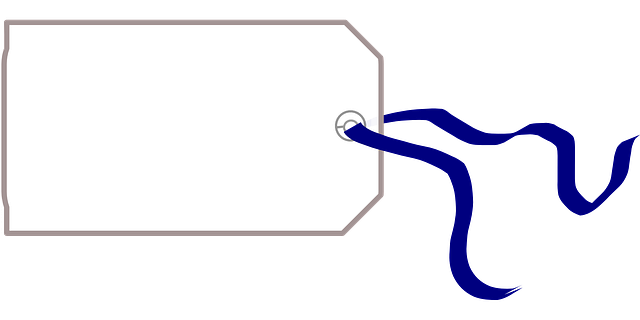Bradford tag removal uses precise techniques like scalpel or laser to eliminate skin tags, ensuring minimal risk and optimal results. Proper post-treatment care and consultation with a qualified dermatologist are crucial for effective healing. Skin tags, medically known as acrochordons, vary in size and type, arising from factors like genetics and friction, and require tailored removal methods for safety and effectiveness.
Looking to safely remove skin tags? This comprehensive guide explores the best practices for effective and risk-free Bradford Tag Removal. We delve into understanding various types of skin tags, their causes, and safe removal techniques, complete with a step-by-step guide and crucial precautions. Whether you’re considering DIY methods or professional treatment, this article equips you with the knowledge to make informed decisions.
- # Bradford Tag Removal: Best Practices for Safe and Effective Treatment
- Understanding Skin Tags: Causes and Types
# Bradford Tag Removal: Best Practices for Safe and Effective Treatment
Bradford tag removal, also known as excision, is a popular and effective method for eliminating skin tags. This procedure involves using a sterile scalpel or laser to cut off the tag close to its base. It’s crucial to ensure that the tool used is clean and sharp to prevent any tearing or infection. Many people prefer this technique due to its precision, allowing for a quick and relatively painless removal.
For safe and effective Bradford tag removal, it’s essential to follow post-treatment care instructions. This includes keeping the area clean and dry, applying recommended topical medications, and avoiding strenuous activities or exposing the treated skin to harsh conditions until healing is complete. Consulting with a qualified dermatologist ensures the procedure is carried out hygienically and effectively, minimising potential risks and ensuring optimal results.
Understanding Skin Tags: Causes and Types
Skin tags, also known as acrochordons, are small, soft skin growths that typically appear in areas where skin rubs against itself, such as the neck, armpits, and groin. They are usually harmless but may cause discomfort or self-consciousness for some individuals. Understanding the causes and types of skin tags is essential when considering safe removal methods, like Bradford Tag Removal techniques.
There are several factors that contribute to skin tag formation, including genetics, hormonal changes, obesity, and frequent friction. They can vary in size, from tiny seeds to larger growths, and may be single or occur in clusters. Different types include acral tags, which appear on non-sun-exposed skin, and angular or tag-like moles. Identifying these variations is crucial for choosing the most effective and safe removal approach, such as those offered by Bradford Tag Removal specialists.
When it comes to Bradford tag removal, prioritizing safety and effectiveness is paramount. By understanding the various causes and types of skin tags, you can make informed decisions about treatment options. Whether choosing home remedies or professional procedures like freezing or cutting, ensure the method is safe and suitable for your needs. Remember, proper hygiene, sterile tools, and expert advice significantly reduce risks associated with removal. Always consult a healthcare professional to determine the best course of action for Bradford tag removal.
